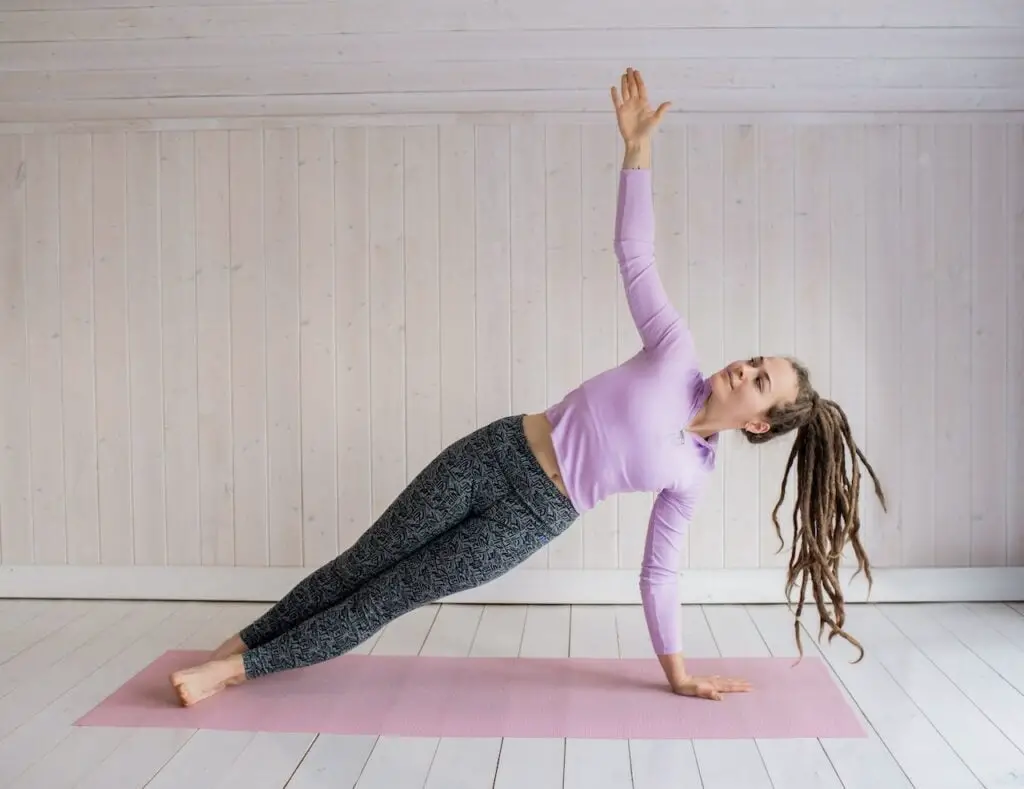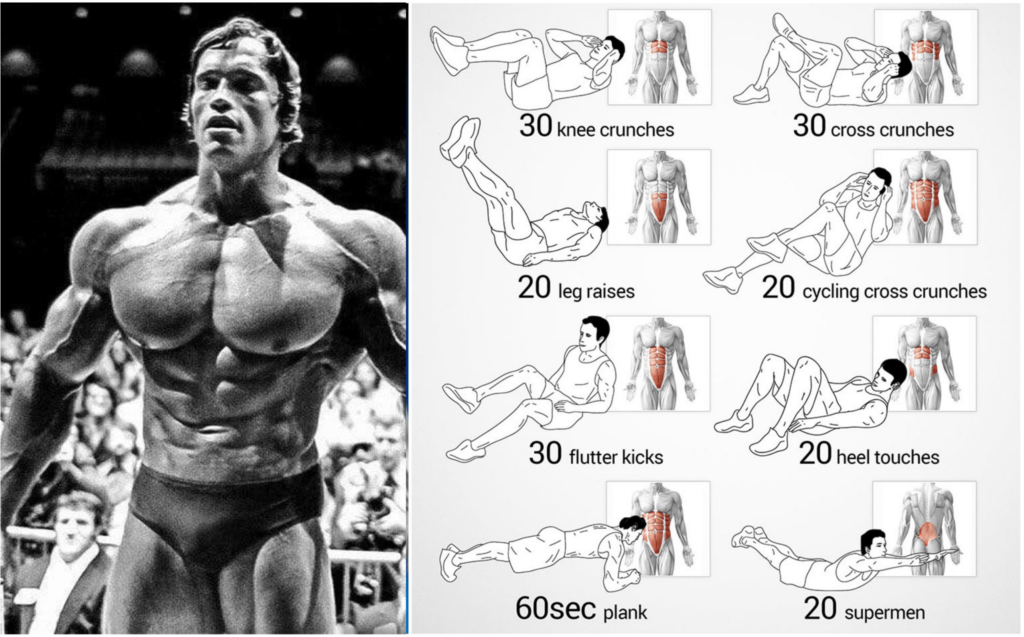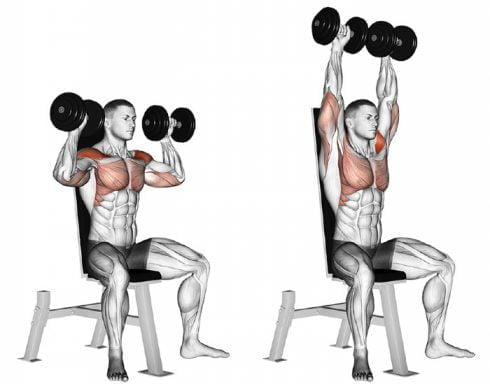Hello Guys, Thanks for visiting our website. Today we will discuss the topic “Benefits of Postnatal Pilates” Moreover, we will also discuss “Pilates Benefit for Dancers” and “Pilates vs Yoga”. It will be a deep conversation about Pilates and Its benefits for different people, So let’s dig into the topic and read in brief.
Postnatal Pilates is an exercise designed specifically for women who have recently given birth. It is a type of Pilates that focuses on helping new mothers to recover from childbirth, rebuild strength, and restore their bodies to pre-pregnancy form.
Postnatal Pilates is a low-impact form of exercise that emphasizes controlled movements, strengthening the core and pelvic floor muscles, and promoting good posture. It is designed to be safe for women who have recently given birth, taking into account the physical changes that occur during pregnancy and childbirth, and the recovery process.
Postnatal Pilates typically focuses on exercises that help to:
- Strengthen the core and abdominal muscles
- Improve posture
- Rebuild strength in the hips, back, and pelvis
- Promote flexibility and mobility
- Restore tone to the pelvic floor muscles
Postnatal Pilates can be a beneficial form of exercise for new mothers, helping them to regain their physical fitness and strength, reduce stress, and improve their overall well-being. It can also provide an opportunity to bond with their babies, as some classes may incorporate baby massage or baby yoga elements.
Benefits of Postnatal Pilates

Postnatal Pilates is a type of exercise that can benefit new mothers. benefits of postnatal pilates include:
- Improved posture: After childbirth, many women experience changes in their posture due to the physical demands of carrying a baby and the hormonal changes that occur during pregnancy. Postnatal Pilates can help to restore good posture and improve spinal alignment.
- Strengthened core: Pilates is known for its focus on core strengthening, and postnatal Pilates is no exception. Strengthening the abdominal and back muscles can help to support the back and reduce the risk of injury.
- Reduced stress: Exercise in general has been shown to reduce stress and improve mood, and postnatal Pilates is no exception. Practicing Pilates can help to release tension, reduce stress, and promote relaxation.
- Improved flexibility: Pilates is also known for its focus on flexibility, and postnatal Pilates can help to improve flexibility and mobility, especially in areas such as the hips and pelvis that are often impacted by childbirth.
- Reduced incontinence: After childbirth, some women may experience issues with incontinence, and postnatal Pilates can help to strengthen the pelvic floor muscles, reducing the risk of incontinence.
- Increased energy levels: Exercise has been shown to increase energy levels, and postnatal Pilates can help new mothers to feel more energized and refreshed, especially if they have been sleep-deprived due to caring for a newborn.
- Better sleep: Exercise has also been shown to improve sleep, and postnatal Pilates can help to promote better sleep, primarily if stress and tension have been affecting the individual’s sleep.
- Improved self-confidence: As new mothers adjust to their changing bodies and the physical demands of motherhood, postnatal Pilates can help to improve self-confidence by promoting physical strength and fitness.
- Better body awareness: Pilates places a strong emphasis on body awareness and control, and postnatal Pilates can help to improve body awareness, helping new mothers to understand their bodies and how to care for them effectively.
- Enhanced bonding with baby: Some postnatal Pilates classes may also incorporate baby massage or baby yoga elements, providing an opportunity for new mothers to bond with their babies and build a strong emotional connection.
Pregnancy Pilates vs Postnatal Pilates
Pregnancy Pilates is a form of exercise designed specifically for women who are pregnant. It focuses on strengthening the core and pelvic floor muscles, improving posture, reducing stress, and promoting flexibility and mobility. The exercises are tailored to the physical changes that occur during pregnancy and are safe for women at all stages of their pregnancy.
Postnatal Pilates, on the other hand, is a form of exercise designed for women who have recently given birth. It focuses on helping new mothers to recover from childbirth, rebuild strength, and restore their bodies to pre-pregnancy form. Postnatal Pilates exercises are designed to be safe for women who have recently given birth, taking into account the physical changes that occur during pregnancy and childbirth and the recovery process.
In summary, while both forms of Pilates offer similar benefits such as improved posture and strengthened muscles, they are designed for different stages of a woman’s life, and the exercises and intensity levels are tailored accordingly.
Pilates Benefit for Dancers
Pilates is important for dancers for several reasons:
- Improves posture and alignment: Pilates emphasizes proper posture and alignment, which is critical for dancers to prevent injury and improve their overall performance.
- Increases core strength: A strong core is essential for stability and balance in dance movements. Pilates focuses on strengthening the muscles in the abdomen, hips, and lower back, which can help dancers perform moves with more control and grace.
- Enhances flexibility: Pilates emphasizes controlled movements that help to increase flexibility and range of motion, both of which are important for dancers to perform a variety of activities and steps.
- Improves balance: Pilates exercises often require balance and coordination, which can help improve these skills for dancers. This can lead to improved control and stability during movements and improved performance.
- Reduces the risk of injury: By improving posture, alignment, strength, flexibility, and balance, Pilates can help reduce the risk of injury for dancers. This can be especially important for dancers who are performing repetitive movements or demanding dance routines.
- Develops mental focus and concentration: Pilates requires focus and concentration, which can help dancers develop these skills and apply them to their dancing. This can lead to improved performance and a more enjoyable dance experience.
- Improves breathing: Pilates places a strong emphasis on proper breathing techniques, which can help dancers control their movements and enhance their overall performance.
- Increases body awareness: Pilates requires focus and control of the body, which can help dancers develop a greater awareness of their bodies. This can lead to improved control and precision in movements and improved overall performance.
- Improves coordination: Pilates exercises often require coordination of different body parts, which can help dancers improve their coordination and fluidity of movement.
- Develops endurance: Pilates workouts can be challenging and require a lot of stamina, which can help dancers build their endurance and perform longer routines with less fatigue.
Is Pilates Good for Runners?

Pilates is a form of exercise that was developed by Joseph Pilates in the early 20th century. It emphasizes the use of controlled movements, proper alignment, and deep breathing to improve strength, flexibility, balance, and posture.
Pilates is different from other forms of exercise because it focuses on the muscles in the torso, hips, and pelvis, which are often neglected in other forms of exercise. This makes it ideal for runners, who often focus on their legs and cardiovascular system, but may neglect their core.
By strengthening the core, runners can improve their posture and form, making them more efficient runners. Pilates can also help reduce the risk of injury by correcting imbalances and promoting overall flexibility.
In addition to physical benefits, Pilates can also help runners improve their mental focus and breathing, which are both important aspects of running. Pilates exercises are designed to promote deep breathing and mental focus, which can improve runners’ overall performance and help them maintain focus during races.
Overall, Pilates is a great complement to a running workout, helping to improve performance and reduce the risk of injury.
Does Pilates Help You Lose Weight?
Yes, Pilates can help with weight loss. Pilates is a low-impact exercise that can help increase muscle tone and metabolism, which can lead to weight loss over time. Additionally, Pilates focuses on core strengthening, which can help improve posture and stability, making it easier to perform other forms of physical activity.
Regular Pilates practice can also increase overall body awareness and improve mindfulness, which can lead to healthier lifestyle choices and improved weight management. However, it is essential to remember that weight loss is a complex process that depends on many factors, including diet and overall physical activity level.
How Many Calories Does Pilates Reformer Burn?
The number of calories burned during Pilates Reformer varies depending on various factors such as the intensity of the workout, body weight, and metabolism. However, on average, a one-hour Pilates Reformer session can burn approximately 300-450 calories. Keep in mind that this is just an estimate and can vary greatly based on the individual.
To maximize calorie burn, it’s important to engage in intense Pilates Reformer sessions with proper form and control. It’s also important to combine Pilates Reformer with a healthy diet and other forms of physical activity for optimal weight loss results.
Pilates vs Strength Training

Pilates and strength training are two different forms of exercise that have their own unique benefits.
Pilates is a low-impact form of exercise that focuses on strengthening the core muscles, improving posture, and increasing flexibility. It’s often done on a mat or with equipment such as a reformer and emphasizes controlled precise movements. Pilates is a great option for people looking to improve their balance, stability, and overall body awareness.
Strength training, on the other hand, involves lifting weights or using resistance to build muscle mass and increase overall strength. It’s a more intense form of exercise and can involve heavier weights and higher levels of resistance. Strength training is often done with the goal of improving athletic performance, increasing muscle mass, and reducing the risk of injury.
Both Pilates and strength training can be beneficial for overall fitness, but the best choice depends on your specific goals and fitness level. Pilates may be a better option if you’re looking to improve flexibility and balance, whereas if you’re looking to build muscle and increase strength, strength training is a better choice. However, it’s also possible to incorporate elements of both into your fitness routine to get the benefits of both.
How to Use Pilates for a Round-Toned Butt?
To use Pilates for a round-toned butt, you’ll want to focus on exercises that target the glutes, hips, and thighs. Here are a few Pilates exercises that can help you achieve a round-toned butt:
- The Bridging Exercise: Lie on your back with your knees bent and feet flat on the floor. Lift your hips up towards the ceiling, squeezing your glutes as you do so. Lower your hips back down to the starting position and repeat.
- The Fire Hydrant Exercise: Get down on all fours and lift one leg out to the side, keeping your knee bent. Return to the starting position and repeat on the other side.
- The Clamshell Exercise: Lie on your side with your legs bent at a 90-degree angle. To keep your feet touching, lift your top knee as high as you can while keeping your feet touching. Return to the starting position and repeat on the other side.
- The Single-Leg Circle Exercise: Lie on your back and lift one leg up towards the ceiling. Make large, slow circles with your lifted leg, moving your leg in a clockwise and counterclockwise direction.
It’s important to perform these exercises with proper form and control to maximize the benefits and reduce the risk of injury. Aim to perform 3 sets of 10-15 repetitions of each exercise, and gradually increase the intensity as you get stronger. Incorporating these exercises into your Pilates routine regularly will help tone and strengthen your glutes, giving you a round and toned butt over time.
Pilates vs Yoga
Yoga and Pilates are both low-impact exercise practices that offer a range of physical and mental benefits. However, there are some differences between the two:
- Origin: Yoga originated in ancient India as a spiritual practice, while Pilates was developed by Joseph Pilates in the early 20th century as a physical fitness system.
- Focus: Yoga places a strong emphasis on mindfulness, breath control, and spiritual development, while Pilates focuses more on strengthening the core and improving posture and balance.
- Movement: Yoga involves a series of poses and movements that are held for varying lengths of time, while Pilates involves a series of controlled, flowing movements.
- Equipment: Pilates often involves the use of special equipment, such as the reformer, while yoga can be done with just a mat and some props.
- Intensity: Yoga can range from gentle and relaxing to physically demanding, while Pilates is typically a more moderate-intensity workout.
Ultimately, both yoga and Pilates have their own unique benefits, and the best choice will depend on your personal fitness goals and preferences. Some people enjoy practicing both, as each can complement the other in different ways.
Pilates Exercises for Beginners
Here are some Pilates exercises that are suitable for beginners:
- The Hundred: This exercise strengthens the abdominal muscles and helps improve coordination and balance.
- The Roll-Up: This exercise strengthens the abs and improves flexibility in the spine.
- The Single Leg Stretch: This exercise improves core stability and strengthens the hip muscles.
- The Double Leg Stretch: This exercise improves coordination and core stability.
- The Leg Circle: This exercise strengthens the hip muscles and improves hip mobility.
- The Shoulder Bridge: This exercise strengthens the glutes, hamstrings, and lower back muscles.
- Swimming: This exercise strengthens the back muscles and improves posture.
- The Spine Stretch: This exercise improves flexibility in the spine and hips.
It’s important to keep proper form and alignment while performing Pilates exercises, especially if you’re a beginner. It’s also a good idea to consult with a Pilates instructor to ensure that you’re doing the exercises correctly.
Can Pilates Help With Back Pain?
Yes, Pilates can help with back pain. Pilates is a low-impact exercise that focuses on strengthening the core and improving posture and balance. By targeting the muscles that support the spine, Pilates can help to alleviate back pain and prevent future injury.
Pilates exercises can help to stretch and strengthen the muscles in the back, hips, and torso, which can improve posture and alleviate tension in the back. Additionally, the focus on proper form and alignment in Pilates can help to retrain the body to move in a way that reduces stress on the back.
It’s important to note that not all Pilates exercises are appropriate for everyone, and some exercises may need to be modified for individuals with certain conditions or injuries. If you have back pain, it’s best to consult with a doctor or physical therapist before starting a Pilates program. They can advise you on the best exercises for your needs and help you modify exercises as needed to avoid exacerbating your condition.
Most Common Pilates Equipment Used
Here are some of the most common Pilates equipment used in studios and gyms:
- Reformers: The reformer is a sliding bed-like device that is used to perform a variety of exercises. It allows for resistance training and allows for a wider range of movements.
- Cadillac: The Cadillac, also known as a trapeze table, is a large piece of Pilates equipment that has a variety of attachments and bars for performing exercises.
- Wunda Chair: The Wunda Chair is a small, stool-like device that is used for a variety of exercises, including squats, lunges, and balance exercises.
- Barrels: Pilates barrels are large cylindrical pieces of equipment that are used for stretching and strengthening exercises.
- Spine Corrector: The Spine Corrector is a small, rounded piece of equipment that is used for exercises that focus on the spine and pelvic area.
- Magic Circle: The Magic Circle is a small, circular piece of equipment that is used for resistance training, particularly in the upper body and hips.
These pieces of equipment are designed to support and challenge the body in different ways, allowing for a wide range of exercises and a full-body workout. While Pilates can be done on a mat without equipment, many people find that the added resistance and support provided by the equipment can enhance the workout.

Good day, and welcome to Fitthour. My name is Shubham Vijay, and I am a certified personal trainer and nutrition coach with 6 years of experience in the fitness industry. At Fitthour, we specialize in types of training, such as strength training, cardio, or HIIT, and our mission is to help clients achieve their fitness goals and improve their overall health.




